5. Dark Passage (Delmer Daves, 1947)
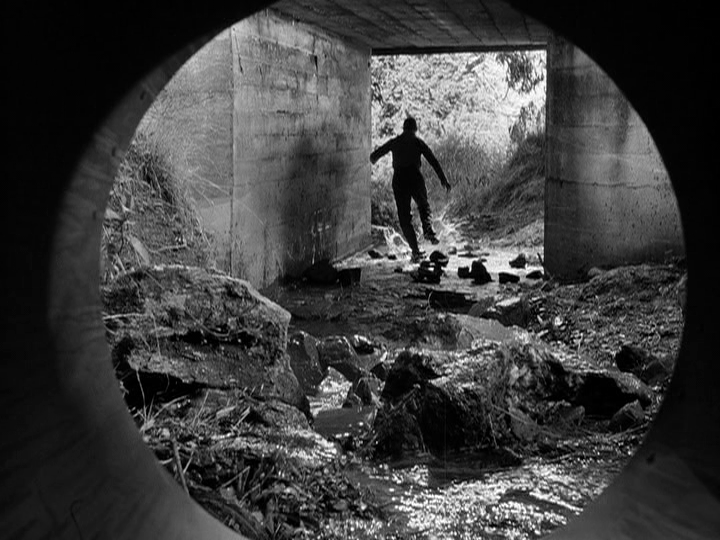
Real-life husband and wife, Humphrey Bogart and Lauren Bacall, starred in four films together, including this film-noir thriller about a man on the run – Vincent Parry – who escapes from prison to prove that he is not guilty of murdering his spouse. To hide his identity, the fugitive is forced to change his appearance through cosmetic surgery.
Up until the point that Parry’s face is altered by the surgeon’s knife (around halfway through the narrative) he is not shown on screen at all and his character is portrayed only in first-person through POV shooting from his perspective. At the time of release, this was still considered to be an experimental and quite novel technique.
As well as adding to the intrigue and mystery of the story, it has the added benefit (to the producers of the film, at least) of not having to cast and pay a second actor to play the pre-surgery character with a totally different face. ‘Bogie’, however, probably still commanded full wages even thought he only had to act in half the movie!
4. Jaws (Steven Spielberg, 1975)
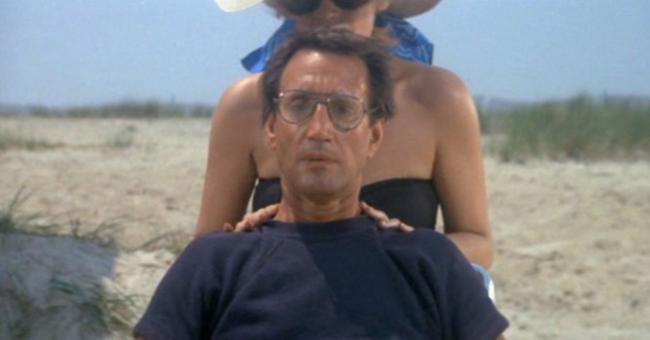
This multiple Academy Award-winning film of Peter Benchley’s novel did for the public image of sharks what Psycho did for showers! However, it broke box-office records and was the highest-grossing film ever made until the release of Star Wars at the end of 1977 knocked the big fish off its perch.
It changed the economic paradigm of populist entertainment and is widely credited within the industry as having established one of the main business models of modern Hollywood movie-making, whereby a high production-budget blockbuster with lots of action but a relatively simple story is released on a massive scale during the summer amidst a huge advertising campaign.
Compared to the advanced CGI (computer-generated imagery) effects deployed in today’s movies, the actual portrayal of the titular villain, a great white shark who terrorises a seaside holiday resort, does not stand up well to close scrutiny. Jaws himself was played by a team of pneumatically-powered full-size animatronic models which cost $150,000 each to produce (one of which was named ‘Bruce’ after Spielberg’s lawyer) yet were notoriously unreliable and whose mechanical origins were plainly obvious if anyone looked too closely.
The director was well aware of this, however, and partly for this reason limited the number of actual shots in which the rubber-covered prop shark was fully depicted. Instead, he used a clever series of “swimmer’s-eye” POV shots, taken from sea-level with the camera bobbing above and below the water, to show an only-partial, but much more threatening, image of the shark as it circled to attack.
3. Lady in the Lake (Robert Montgomery, 1947)
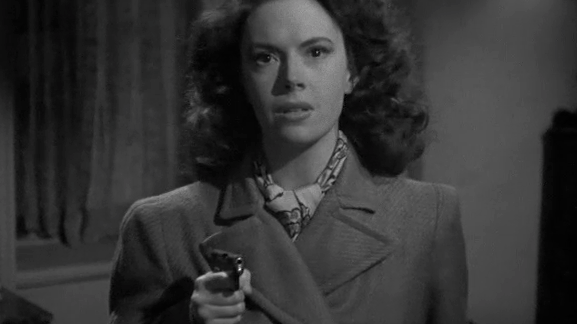
This film noir adaptation of the Raymond Chandler novel was filmed entirely from the first-person perspective of private detective Phillip Marlowe (played by the director, Robert Montgomery) as he sets about tracking down his client’s missing wife.
To promote its release, it was hyped by MGM’s marketing department as being ‘revolutionary’ (which it was, at the time) and the first truly interactive movie — as the camera, and therefore the audience, assumed the role of the protagonist, seeing everything through his ‘eyes’.
In the film’s promotional advertising, viewers were tempted with the tag-line: “You and Robert Montgomery solve a murder mystery TOGETHER”! The only deviation from this subjective angle is when Marlowe addresses the camera directly or sees his reflection in mirrors and windows, thereby revealing the actor’s facial appearance to the screen.
As well as being a new experience to the audience, this hitherto untried (as the prime format) style of cinematography was a challenge to the other actors in the film who were unaccustomed to addressing the camera directly, which they were required to do in scenes where they engaged with the central character — “breaking the fourth wall” (speaking to the audience) being a rarely-broken taboo under normal circumstances.
2. Enter the Void (Gaspar Noé, 2009)
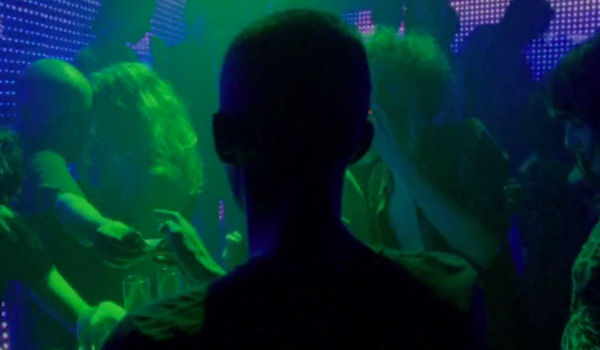
The third film from provocative and visionary Argentine director Gaspar Noé is an unforgettably eyeball-searing, trippy mix of sex, drugs and psychedelia. What it shares in common with the first entry on our list, Lady in the Lake, is that it is shot almost exclusively in first person POV — in this case, from the perspective of a drug dealer in modern-day Tokyo.
Where it differs from the 1947 film noir is that, in Enter the Void, the protagonist, from whose perspective the camera films, is actually dead and we the audience observe the narrative unfold through the eyes of his soul.
This novel concept would already make for an interesting enough premise on which to base a movie; but not so for Noé, whose previous offering, Irréversible, features an opening scene of a man having his face literally bashed to a bloody pulp and then goes on to narrate the rest of the story completely in reverse.
The “camera as eyes” representation in Enter the Void is taken a stage further than in any of the other movies mentioned here, to an almost uncomfortable, slightly unnerving level: for example, the screen darkens intrusively every few seconds to reflect the drug-addled central character’s eyelids’ constant blinking. Things take an even more bizarre turn when the camera follows the protagonist’s soul as it enters another man’s body whilst he is having sex, and then adopts the point-of-view of the semen as it is ejaculated into the woman.
From there, the perspective changes again and we view events from within the female character’s vagina as she is impregnated. Finally, we witness the last moments of the film through the eyes of the conceived baby as it fights its way out of the womb and is delivered into the arms of its mother.
1. Rear Window (Alfred Hitchcock, 1954)
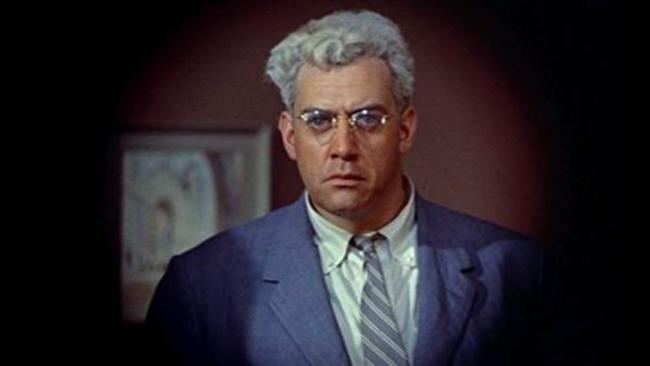
Hitchcock masterfully uses point-of-view shots, once again, to exaggerate the sense of voyeurism inherent in his 1954 classic starring James Stewart as a temporarily wheelchair-bound action-photographer who spies on his neighbours through the window of his New York apartment which he is begrudgingly confined to following an injury.
Grace Kelly plays his long-suffering but unappreciated girlfriend as, together, they investigate what Stewart’s character suspects to be a murder committed by a shady-looking character in the building opposite.
Hitchcock cranks up both the suspense and the feeling of claustrophobia experienced by Stewart as he becomes increasingly frustrated at being penned up, inactive, in one small space for so much time; his immobility and helplessness feeding his imagination and paranoia as he observes and interprets events around him.
A mask placed over the lens of the movie-camera cleverly replicates a telephoto-lens used by the inquisitive photographer to get a closer view of his neighbours’ activities.
Another technically innovative and highly effective use of POV is from the perspective of the murder suspect as he is repeatedly blinded by the light emitted from a camera flash-bulb wielded by Stewart in an otherwise-dark room which is momentarily illuminated as he attempts to prevent himself from becoming the killer’s next victim.
Author Bio: Russell Higham is a freelance writer, based in Brighton (UK), who has lived in Europe, Africa, the Middle East and Asia during his twenty years as the director of an aviation services company. He has a passion for classic & foreign cinema and science-fiction stories. He writes about these and other subjects for a range of publications. Twitter: @rkhigham.